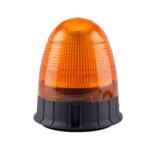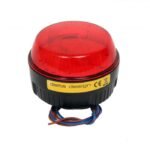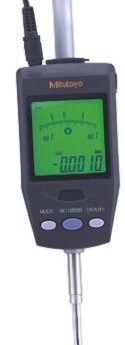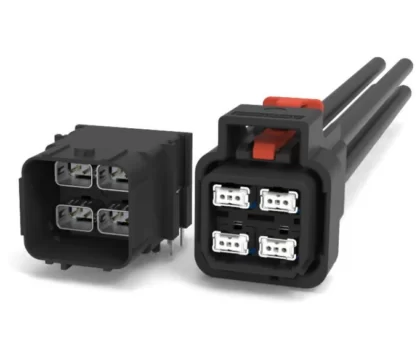When it comes to safety and emergency response, having the right tools can mean the difference between success and disaster. One such tool that is widely used in a variety of environments is the red xenon beacon. In this blog, we will explore the fundamentals of a red xenon beacon, its benefits and applications in different environments, and how to select the appropriate model for your specific needs.
What is a Red Xenon Beacon and How Does it Work?
A red xenon beacon is a warning light that produces bright, intense flashes of red light in a repeating pattern. The device consists of a gas discharge tube that contains xenon gas, a high-voltage power supply, and a control mechanism that regulates the frequency and pattern of the flashes.
The light produced by a red xenon beacon is highly visible, making it an effective tool for warning people of potential hazards. The flashing pattern can be customized to convey different types of information, such as the severity of the hazard or the status of a particular piece of equipment.
Applications and Benefits of Red Xenon Beacons in Different Environments
Red xenon beacons offer a range of benefits in different environments, including:
- Industrial Facilities: In industrial facilities, red xenon beacons are often used to warn workers of potential hazards such as moving machinery, high-voltage areas, and toxic or flammable substances. They can also be used to indicate the status of equipment such as conveyor belts, production lines, and other critical machinery.
- Emergency Response: In emergency response situations, red xenon beacons are a critical tool for ensuring the safety of first responders and the public. They can be used to indicate the location of emergency vehicles, such as fire trucks and ambulances, and to warn drivers and pedestrians of potential hazards such as road closures and dangerous conditions.
- Marine Environments: In marine environments, red xenon beacons are often used to warn ships and boats of potential hazards such as underwater obstructions and other boats in the area. They can also be used to mark the location of navigational aids such as buoys and lighthouses.
- Aviation: In aviation, red xenon beacons are used to indicate the location of obstacles such as tall buildings and transmission towers. They are also used on aircraft to indicate the presence of an emergency situation or malfunction.
Choosing the Right Red Xenon Beacon for Your Needs
When selecting a red xenon beacon, it is important to consider your specific needs and requirements. There are a variety of different models available, each with unique features and capabilities.
One of the key factors to consider when selecting a red xenon beacon is the brightness of the light produced by the device. The brightness can vary depending on the specific model, and it is important to choose a device that produces a light that is bright enough to be easily seen from a distance.
The frequency and pattern of the flashes produced by the beacon is another important consideration. Different patterns can be used to convey different types of information, such as the severity of a hazard or the status of a particular piece of equipment. It is important to choose a flashing pattern that is appropriate for the environment in which it will be used.
The mounting options for a red xenon beacon is another factor to consider. They can be mounted on a range of surfaces including walls, poles, and vehicles. It is important to select a mounting option that is appropriate for the environment




